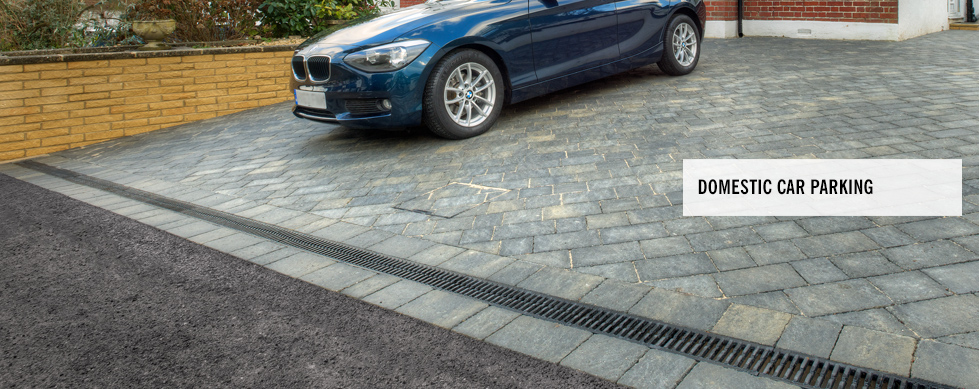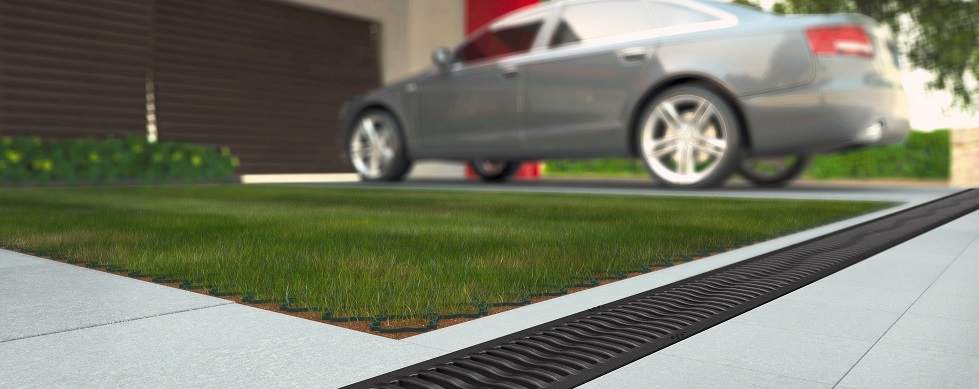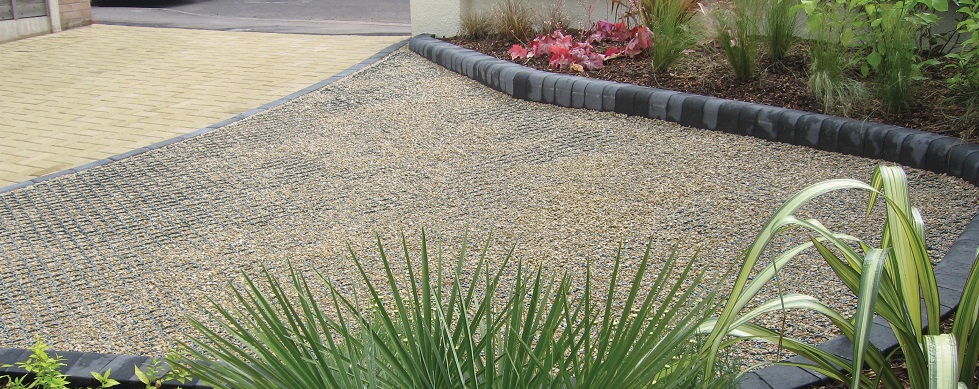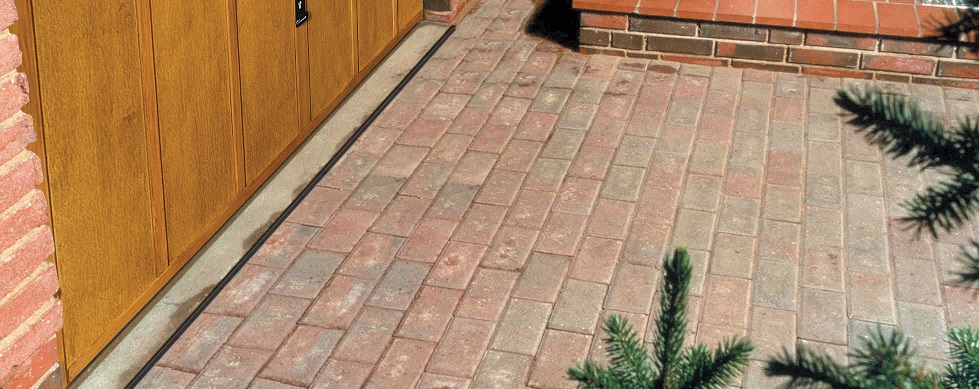
Driveway drainage: Top 5 tips
At the entrance to many properties, driveway drainage serves as both a functional and aesthetic part of the property gateway.
Neil Higgins, Product Training Manager at ACO Water Management gives his top 5 tips for effective driveway drainage.
1. Strong enough for the task?
Driveways are subject to a range of different stresses, so getting the right load class of drainage channel is a top priority. It isn’t always enough to tailor drainage channels to the weight of your own vehicle, as it is likely that heavier vehicles, such as home delivery vans, will come into contact with the channel – especially if it is adjacent to the road of footpath.
The speed and direction that a vehicle drives over the channel is also a factor. If the driveway is on a slope, vehicles could be turning faster and at a different angle compared to one this is on a flat level. This must be reflected in the load bearing capabilities, with the approach taken to plan for the maximum load a channel may have to bear.
In response to the issues outlined above, B 125 drainage channels are recommended is a minimum, offering the appropriate load bearing capabilities for the types of stresses a typical driveway is likely to experience.

2. Where will it go?
Drainage channels must discharge rainfall to somewhere appropriate, and not just allow it to pool wherever it naturally flows. This may sound obvious, but it is a frequent design flaw that I’ve encountered on driveways.
Special measures may be required on non-permeable driveways, with ACO’s versatile Stormbrixx an ideal stormwater management system for attenuation and soakaway infiltration usage.
3. Getting bigger?
In any extension, whether this is a car park, paved area, or indeed a driveway, you’re exposing yourself to a greater surface area. This means that you are required to manage a greater quantity of surface water, often more than the original system was designed to handle.
In these circumstances, measures should be taken to reduce the burden on the original system. One of the ways in which this can be done is to collect water and essentially put it straight into the ground, using a permeable surface such as ACO GroundGuard. This is a 90% porous material that provides effective drainage of surface water, and saves on unnecessary drainage installation. If non-permeable materials are being used as part of the extension, an attenuation tank may be required.

4. Position to save money
The position of drainage channels on a driveway impacts how robust they need to be. For example, if they are placed along the side of the driveway, there is less chance of heavy vehicles or machinery putting pressure on them.
This can be useful for value engineering, as lighter grade lower cost channels can be purchased on the assumption that they will be bearing less weight. However, it is important to consider the same factors as above, such as where the water will be disposed, and to ensure the driveway is appropriately cambered to take rainfall into the channels.
5. Keep the garage dry
Many driveways will have a garage at the end of them. Many people wouldn’t consider drainage in front of the garage door unless the driveway fell towards it. However consideration should be given to the amount of water around the junction at the foot of a garage door, as they are likely to be subject to a higher volumes of rainfall. This is because any rain that hits the façade of the garage will run down the façade and add to the water landing directly on the drive, effectively increasing the water volume that is required to be removed.
Each and every driveway is different, and it is crucial to adopt a case-by-case approach. ACO Water Management has many tools and training options, which are free to use, and capable of offering bespoke advice for water management.
For more help and to get in touch with ACO, please visit: www.aco.co.uk/askaco

Want to know more?
Visit our Driveway Drainage page